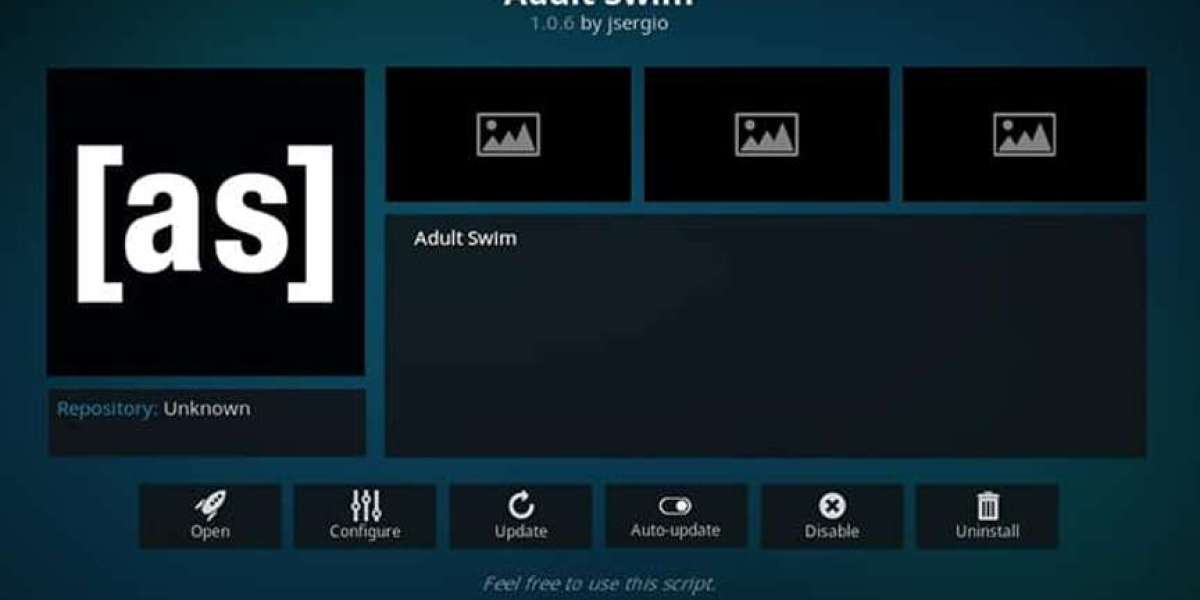Investing in rental properties can be profitable, but success depends on one crucial factor—cash flow. Cash flow is the money you earn from the property after all expenses are paid. A positive cash flow means you’re making a profit each month. Analyzing cash flow helps investors understand if the property is worth the investment. This blog explains the basics in a simple and easy-to-follow way. Whether you’re a new investor or just curious, you’ll learn how to break down the numbers and make smart choices.
What Is Cash Flow?
Cash flow is the difference between the income a rental property generates and the expenses it incurs. If you collect more in rent than you pay in expenses, you have a positive cash flow. If expenses are higher than the rent collected, it's negative cash flow. The goal for any investor is to find a property that produces steady and positive cash flow month after month. This helps cover costs and grow your wealth over time.
Why Cash Flow Analysis Matters
Cash flow analysis tells you whether a rental property is financially healthy. It prevents you from buying properties that could become money pits. By analyzing the cash flow beforehand, you can avoid surprises and make confident buying decisions. It also helps in planning your budget, setting rent prices, and deciding if a property is worth holding or selling. Without a proper cash flow analysis, you're taking a risky gamble.
Calculate Rental Income
Start by determining how much rental income you expect to receive each month. This includes rent from tenants and any other income such as laundry machines, parking fees, or storage units. Research the local rental market to see what similar properties are earning. Be realistic and conservative with your estimates. If you overestimate, your cash flow numbers will be wrong from the beginning.
List All Operating Expenses
To get accurate cash flow, you need to subtract all the monthly and yearly expenses tied to the property. Common operating expenses include:
Property taxes
Insurance
Maintenance and repairs
Property management fees
Utility bills (if landlord pays)
HOA fees (if any)
Legal or accounting fees
Always plan for unexpected repairs or vacancies by setting aside a reserve fund. Many investors save around 5–10% of the monthly rent for this.
Understand Net Operating Income (NOI)
Net Operating Income (NOI) is a key part of cash flow analysis. It’s calculated by subtracting all operating expenses from the rental income. For example, if your rental brings in $2,000 per month and your monthly expenses are $600, your NOI is $1,400. This number shows how much income the property produces before mortgage payments and taxes. The higher the NOI, the stronger the cash flow potential.
Factor in Loan Payments
If you’ve taken a mortgage loan to buy the property, you need to subtract the monthly loan payment from the NOI to get the final cash flow. For example, if your NOI is $1,400 and your mortgage payment is $1,000, then your cash flow is $400. Be sure to include both principal and interest when calculating the loan payment. Only after this step can you see how much profit is left each month.
Account for Vacancy Rates
Rental properties are not always occupied. A good rule of thumb is to assume a vacancy rate of 5–10% each year. This means you should reduce your annual income by that amount to get a more realistic number. If the rent is $1,000 per month, assume one month of vacancy and adjust your yearly income to $11,000 instead of $12,000. This makes your cash flow analysis more accurate and practical.
Consider Capital Expenditures
Capital expenditures are large, occasional costs like replacing a roof, water heater, or HVAC system. These are not monthly expenses, but they still impact long-term cash flow. Investors often save a portion of rental income each month for future capital expenditures. This helps avoid financial stress when big repairs are needed. A good guideline is saving around 5–10% of the monthly rent for capital reserves.
Use Cash-on-Cash Return
Cash-on-cash return is a percentage that tells you how much return you’re getting on your actual invested cash. It’s calculated by dividing your annual cash flow by the total cash you’ve invested. For instance, if you invested $30,000 and earn $3,000 annually in cash flow, your cash-on-cash return is 10%. This metric helps compare different properties and make informed investment choices.
Tools to Help You Analyze
There are many tools and spreadsheets available online to help analyze cash flow. These tools simplify the math and make it easier to compare multiple properties. Some real estate websites offer free calculators, or you can use a simple spreadsheet. Input the numbers for income, expenses, and mortgage to get a clear view of the property’s performance.
Importance of Being Conservative
When analyzing cash flow, it’s always better to be conservative. Overestimating rental income or underestimating expenses can lead to bad investments. Use actual market data, and even reduce your expected income by 10% and increase expenses by 10% to stay safe. If the property still shows positive cash flow under those conditions, it’s a strong candidate.
Look at the Bigger Picture
While cash flow is key, don’t ignore other benefits of rental property investment. Properties can also appreciate over time, and you might get tax benefits like depreciation or mortgage interest deductions. These extras add value but should never replace cash flow in your analysis. Always treat cash flow as your primary indicator of property performance.
Review Regularly
Cash flow analysis is not a one-time task. It should be reviewed regularly—especially after big changes like rent adjustments, property taxes, or maintenance work. Tracking your actual cash flow helps you manage the property better and spot problems early. It also helps you decide if it’s time to raise rent, refinance, or sell.
Final Thoughts
Learning how to analyze a rental property’s cash flow is one of the most important skills for real estate investors. It helps avoid risky deals and leads to better profits and long-term success. By keeping things simple and consistent—calculating income, expenses, NOI, and mortgage—you’ll be in a strong position to make smart investment decisions. Always be realistic, conservative, and detail-oriented in your approach. The more accurate your analysis, the better your financial outcome. Keep learning and applying these steps with each property you consider.
Important Link
Jalan Loyang Besar EC Developer
Why Jalan Loyang Besar EC Is the Best Executive Condo Near Downtown East
Upcoming EC Launch in Pasir Ris 2025
Jalan Loyang Besar EC Project Details
Jalan Loyang Besar EC Location
Jalan Loyang Besar EC Site Plan
Jalan Loyang Besar EC Floor Plans
Jalan Loyang Besar EC Showflat
Jalan Loyang Besar EC New Launch
Jalan Loyang Besar EC Qingjian Realty
Jalan Loyang Besar Executive Condo
Jalan Loyang Besar Executive Condominium
Jalan Loyang Besar EC Site Plan
Jalan Loyang Besar EC Floor Plans







